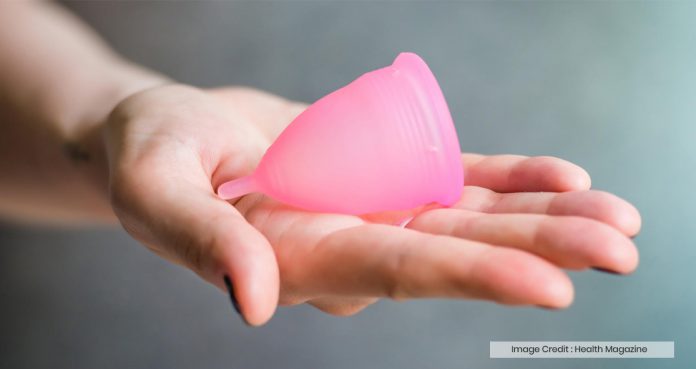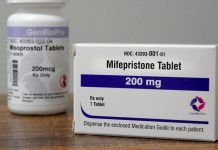According to a new study, menstrual cups are cost-effective and environmentally friendly when compared with other menstrual products, such as tampons and sanitary pads.
Menstrual cups are found to be safe and provide almost the same level of protection against leakage. Researchers, however, said more quality research is needed to look into their benefits and risks.
The cup is inserted into the vagina to collect menstrual blood during periods. They are believed to be used since the 1930s. However, they have never been widely used.
Lately, there has been a spike in its popularity – thanks to new brand-name products such as the Diva Cup.
The study was published Tuesday in the Lancet.
The researchers looked at more than 40 studies that involved more than 3,000 women living in both developing and developed countries since the 1960s. These studies asked women about the benefits and risks of using menstrual. Some studies directly compared women who used menstrual cups to those using pads or tampons.
In general, the authors found that there were no major health risks, such as infections or a change in the bacterial flora of the vagina, associated with the use of menstrual cups.
They also found that menstrual cups users had lower or similar levels of menstrual blood leakage than those who used pads or tampons. Interestingly, about 70 percent of women said they were comfortable using menstrual cups, once they got used to them.
The researchers wrote, “Menstrual cups seem to be an effective and safe alternative to other menstrual products.”
However, there have some questions raised on the current research. For example, five women reported toxic shock syndrome, a condition caused due to overgrowth of bacteria in the vagina, on using menstrual cups.
There is also a risk of toxic shock syndrome with tampon use because the tampon’s pooling of blood could feed the bacteria. However, toxic shock syndrome is very rare and the risk is quite low if you do not use super-absorbent tampons.
There have also been some reports of dislodgement of the intrauterine devices (IUDs) on using the cups. But then again, it is unclear how common that is.
Menstrual cups are typically made of medical-grade silicone, rubber, or latex. They can last for up to a decade of use. They also are available in disposable versions.
The researchers said the cost of a single menstrual cup could be as low as 5 to 7 percent of the monthly cost when compared with disposable tampons or pads. The cost-effectiveness of menstrual cups is especially appealing in developing or low-income countries, where such resources are scarce for women.
The authors, however, warned that they still need more research on the potential saving these menstrual products could offer.
Another obstacle is the obscurity of menstrual cups. The researchers found that only 30 percent of women knew about such products in developed or high-income countries. “Information on menstrual cups should be provided in puberty education materials,” the researchers wrote. “Policy makers and programs can consider this product as an option in menstrual health programs.”























